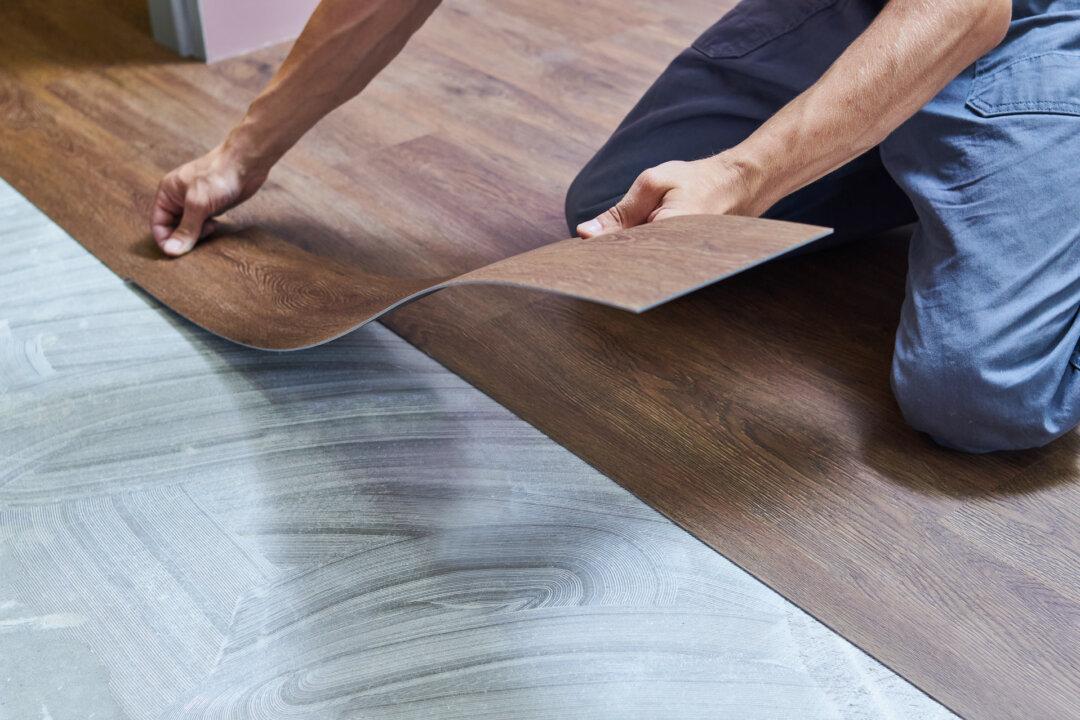With natural cherry woodwork, a French polish finish is the ideal choice. It will not hold up to harsh abuse like several coats of gloss urethane will, but a fine French polish finish will handle normal wear and tear quite well. When you have guests, you can bet that they will notice and comment on it.
You must first prepare the wood surface to accept the French polish finish. The wood surface must be mirror-smooth or you will not get the illusion of depth that is characteristic of a French polish finish. With careful sanding, cherry wood can attain this surface perfection.
First, strip off all of the old finish. You can use a chemical stripper, but only a mild one so the wood surface is not damaged. Sand the surface with medium sandpaper until it feels fairly smooth. Follow this with fine sandpaper.
Dampen the surface so the grain raises just slightly and repeat the medium to fine sanding procedure. Fill any scratches or nicks with wood filler. Carefully match the tint of the filler to the cherry wood. When it is sanded again and finally finished, the repaired areas will barely be noticeable.
For the slickest finish, rub wood filler into all the pores of the wood surface. Put the color-matched filler on a lint-free cotton cloth and rub it into the wood surface. Rub hard to force it into the pores.
When it is completely dry, apply a sealer to the wood. This will keep the grain from raising once you begin the actual polishing procedure. Finish sanding the surface with a very fine wet/dry sandpaper that is moistened with linseed oil. Be very miserly with the linseed oil.
To apply the six to 20 coats of shellac, you must first make a “fad” that is the main part of the “rubber.” The fad is a cotton or gauze wad, and its purpose is to hold the load of shellac and transfer it very evenly to the wood surface. The fad is wrapped with a lint-free cotton cloth (make sure that there are no wrinkles) creating the rubber.
Mix up a thin solution of shellac and alcohol. Dip the fad in this shellac solution and squeeze out the excess. Wrap it with the cotton cloth, and rub the solution onto the wood. You will probably have to unwrap and dip the fad in the solution several times to recharge it.
The primary movements of the rubber should be in circular or figure eights. You can move it back and forth with the grain at first, but finish with the other two motions to eliminate any ridges. Make sure that your hand is moving when you first touch the rubber to the wood and when you lift it up.
Let this dry, and sand it lightly between coats. When you feel that you are almost done, add a little linseed oil to the fad with the last two coats of shellac. Using a cloth or a clean blackboard eraser, sprinkle a little pumice on the surface, and polish it with linseed oil.








